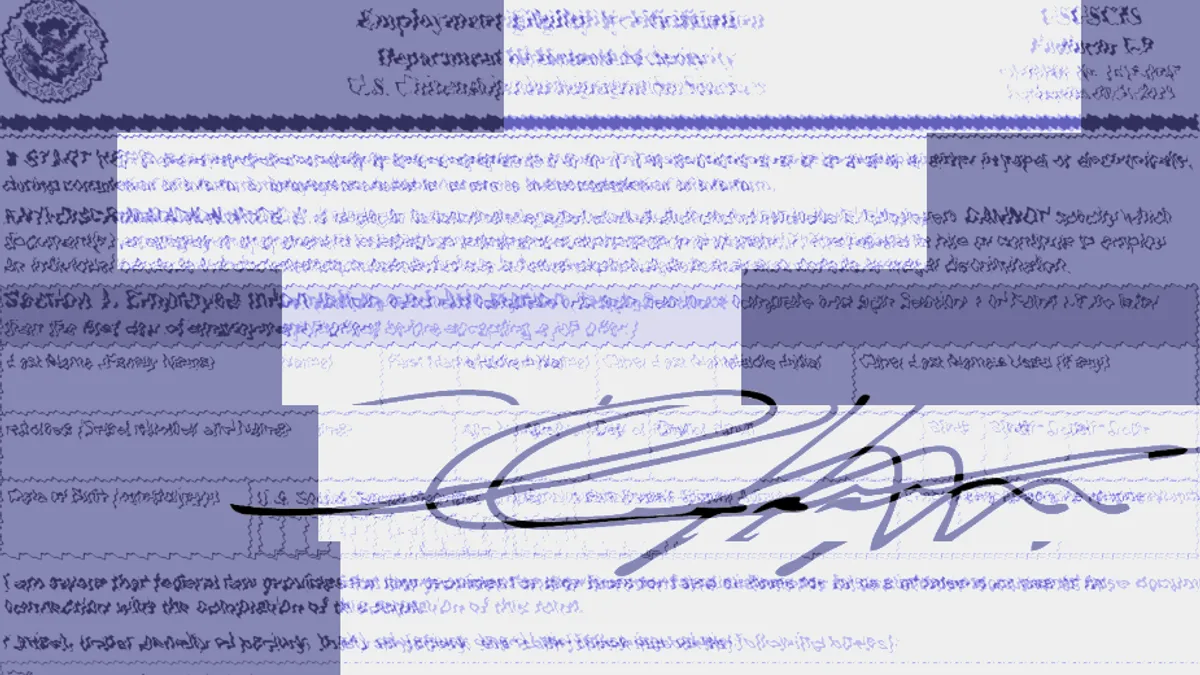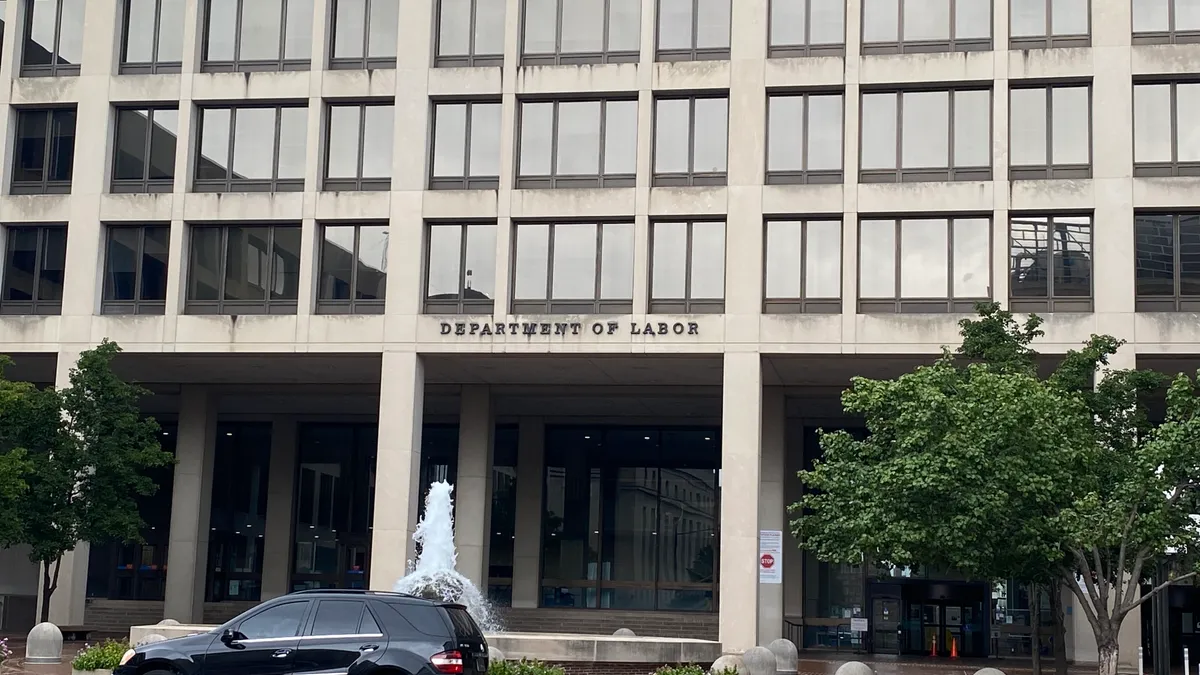The U.S. Department of Homeland Security’s Citizenship and Immigration Services announced Friday the forthcoming publication of an updated Form I-9, used by employers to verify the identity and employment authorization of employees. The new form will become available Aug. 1.
Additionally, the agency published a final rule — effective the same day as the new form’s release — amending its regulations to permit the secretary of homeland security to authorize “alternative document examination procedures” as an alternative to in-person, physical review by employers.
A separate document published by U.S. Immigration and Customs Enforcement Friday announced the authorization of one such alternative. This alternative process, available only to E-Verify participant employers in good standing, permits employers to conduct remote documentation and verification via live video with employees once employees have transmitted their documents to the employer for review.
This alternative process also will be available to eligible employers Aug. 1, ICE said.
The updated Form I-9 includes a box the employer must check to indicate its use of an alternative procedure, according to USCIS. The new forms also remove the phrase “alien authorized to work” — as used in the previous Form I-9 — and replace it with “noncitizen authorized to work.”
The previous version of Form I-9 will also continue to be accepted through Oct. 31, 2023.
USCIS’s final rule creates a framework under which the agency could “implement permanent flexibilities under certain conditions, initiate pilot procedures with respect to the examination of documents, or respond to emergencies similar to the COVID-19 pandemic.”
Friday’s news is timely given that DHS’ policy temporarily permitting remote verification, initially made during the early weeks of the COVID-19 pandemic, is due to sunset July 31.
Attorneys who spoke to HR Dive said that employers generally have reacted positively to DHS’ announcement. Scott Bettridge, chair of Cozen O’Connor’s immigration practice, said in an interview that the availability of a remote verification process through E-Verify is “definitely welcome news,” particularly for employers that have been gearing up for remote verification in some form.
“E-Verify is not perfect, but it’s a good system that takes a burden off of employers,” Bettridge added.
“The general sentiment in my interactions with most of my clients has been favorable,” Jorge Lopez, shareholder at Littler Mendelson, said of the alternative process news in an interview. “They understand that there are nuances that they need to be concerned about, but I think there is a huge appetite in the business community to address the virtual review process and get away from this physical review process, which has been very onerous and problematic for companies.”
One such nuance is whether employers may use the alternative process to re-certify employees whose Form I-9 documentation had been examined remotely under the department’s temporary remote verification flexibility. Employers may use the process to do so, providing they meet the following requirements:
- The employer was enrolled in E-Verify at the time that it performed the remote examination for verification or reverification of the employee’s documentation.
- The employer created an E-Verify case for that employee.
- The employer performed the remote inspection between March 20, 2020 and July 31, 2023.
The updated alternative process also requires employers to conduct a live video interaction, which was not specified under DHS’ temporary verification flexibility. Outside of these changes, employer guidelines for conducting an alternative verification process under the final rule are similar to those under the temporary flexibility, Lopez said.
Previously, sources told HR Dive that employers utilizing remote verification may need to invest in upgraded technology, including for line items like cameras and document storage, among other considerations.














